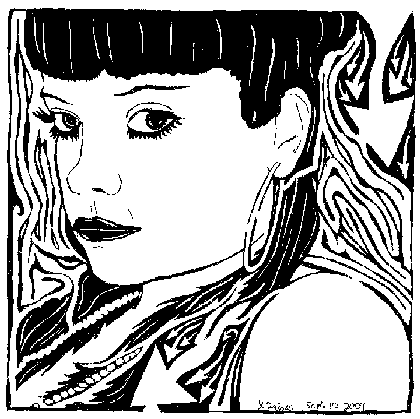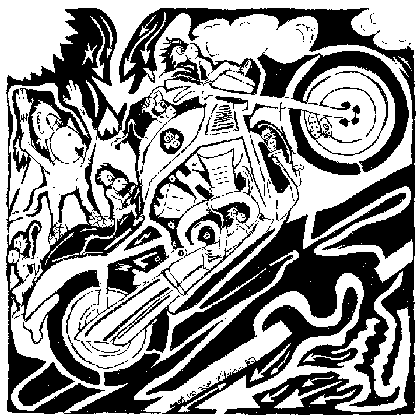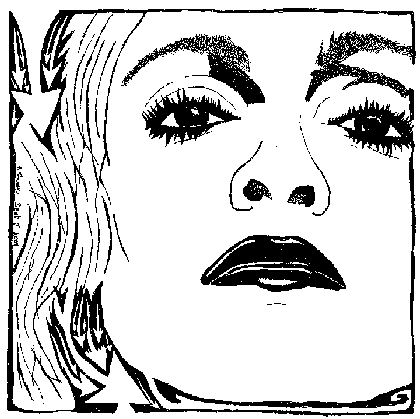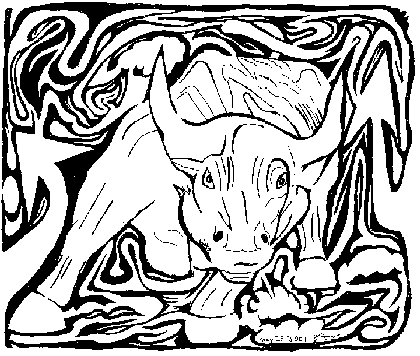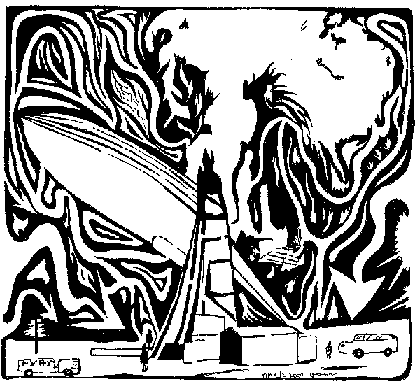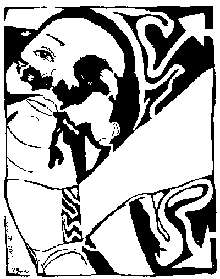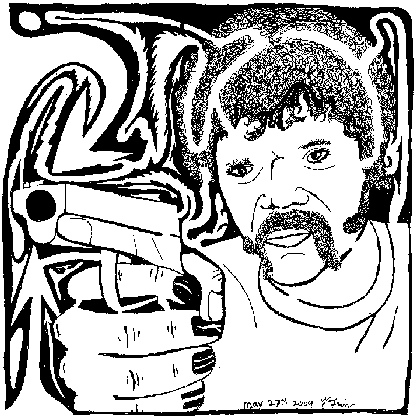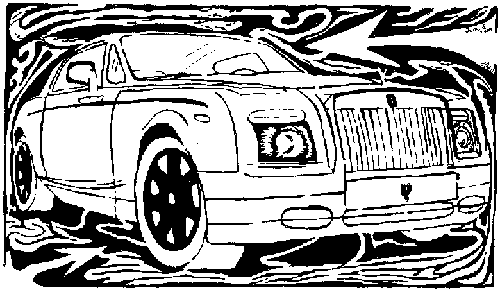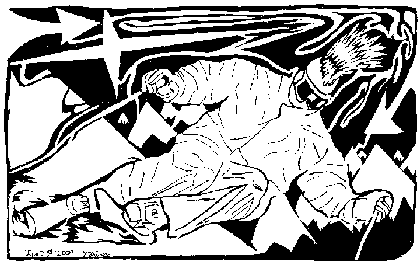About Us Contact Gallery of non-monkey mazes STOM Research Monkey News
Mazes Home - What Is A Maze? - History Of Mazes - How To Solve Any Maze
Maze >>
Using Photoshop to solve a maze:
- Increase the contrast.
- Select the right wall of the maze using the magic wand.
- Select > Modify > Expand 4 pixels
- Create new layer.
- Fill with Red.
- Select > Modify > Contract 2 pixels.
- Delete. Now you’ve got a line tracing the solution.
- Manually clean up the outer edge, and connect the dots.
- Maze Solved.
Wall
follower Method:
The wall follower, the best-known rule for traversing mazes, is also
known as either the left-hand rule or the right-hand rule. If the maze
is simply connected,
that is, all its walls are connected together or to the maze's outer
boundary, then by keeping one hand in contact with one wall of the maze
the player is guaranteed not to get lost and will reach a different
exit if there is one; otherwise, he or she will return to the entrance.
This strategy works best when implemented immediately upon entering the
maze.
Another perspective into why wall following works is topological. If the walls are connected, then they may be deformed into a loop or circle . Then wall following reduces to walking around a circle from start to finish.
If the maze is not simply connected (i.e. if the start or endpoints are in the center of the structure or the pathways cross over and under each other), this method will not be guaranteed to help the goal to be reached.
Wall-following can be done in 3D or higher dimensional mazes if its higher dimensional passages can be projected onto the 2D plane in a deterministic manner. For example, if in a 3D maze "up" passages can be assumed to lead northwest, and "down" passages can be assumed to lead southeast, then standard wall following rules can then be applied. However, unlike in 2D, this requires that the current orientation be known, to determine which direction is the first on the left or right.
Themaux's Algorithm:
Draw a line to trace your path. When you come to an intersection, choose your new direction randomly and keep tracing. If you come to a dead end or discover yourself looping back on a route you've already traced, backtrack to the previous junction and pick a new unmarked path.If you do choose this method, for the sake of the maze use a light pencil and erase your marks when your done. Even better: lay down a piece of clear plastic and trace over the plastic with a felt marker.
Frimer Method for solving mazes:Avoid finding the path between the start and finish, instead, follow the wall of the maze in a scanning fashion and let your eyes pick out the breaks in the wall. This methond is the fastest for humans to solve a maze, and a computer cannot be taught this method.
Safed, Israel
